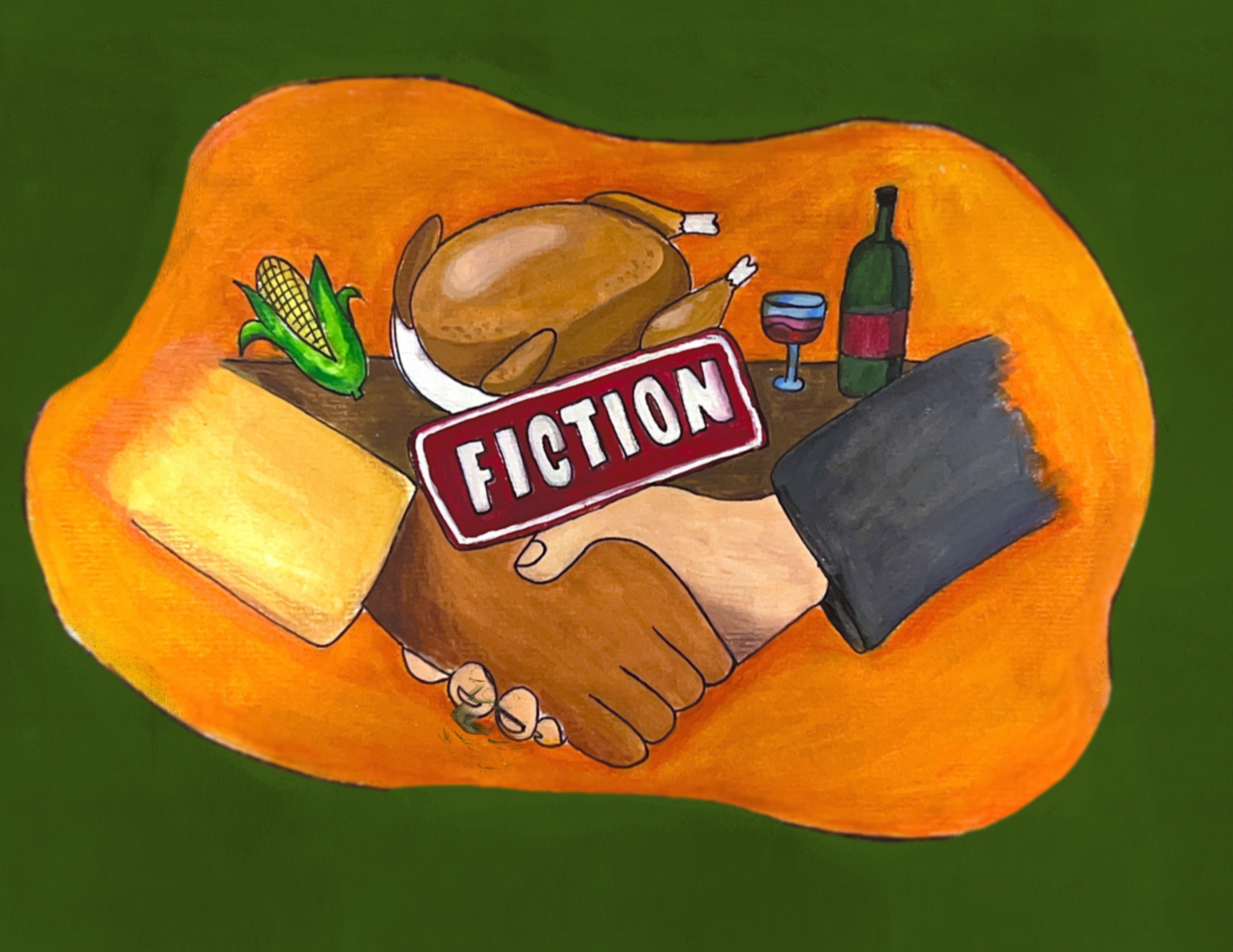At Berkeley High School, as Thanksgiving approaches, history teachers grapple with how to go about teaching the authentic history of Thanksgiving and how to educate their students on the experiences of Indigenous peoples in general.
BHS history teacher Jumari Callaway encourages her students to challenge what they may have been previously taught about Thanksgiving. “We kind of compare like, ‘What were you taught when you were five about Thanksgiving?’ with, ‘What do you know now about Thanksgiving and has that changed?’ And then, ‘What do those myths about Thanksgiving do for the American identity?’” she said, touching on the importance of students gaining a more well-rounded understanding of history. “One thing I want my students to take away from my class, in general, is to think about perspective and bias and how that informs some sources of their information,” Callaway said.
Angela Coppola, a U.S. History teacher at BHS, is adamant about making sure to consistently incorporate Indigenous history into her curriculum. “I don’t do the ‘heroes and holidays’ approach to history,” Coppola said.
Coppola specifically emphasized that an important focus for her when teaching about Indigenous people in the U.S. is not only remembrance but the recognition of current movements that are being lead. “More important than history is taking great care to show my students that Native Americans are not figures from the past — they are alive today,” Coppola said.
Hasmig Minassian, BHS Universal Ninth Grade teacher also takes time to highlight movements led by Indigenous people, specifically focusing on local issues like Berkeley’s shell mounds and the protests surrounding the destruction of these sites
against the wishes of the local Indigenous community.
“The thing I think is most relevant for kids is when we’re talking about Bay Street and 4th Street because it directly is something that they know and they participate in,” Minassian said.
Emma Auer, a BHS economics teacher, explained that despite not being a history teacher, they still integrate Indigenous history into their curriculum wherever they can. “I really felt kind of overlooked in my schooling around Indigenous histories, and part of the reason why I became a teacher was to provide what was missing for me in my education,” said Auer.
Despite the history of Thanksgiving not fitting into their curriculum, Auer explained that they hope that history teachers, both within BHS and beyond, will seek to teach about it in a meaningful and thorough way.
“It should be sort of like a more in-depth history, not something that’s just like, ‘Oh, let’s fill in a lesson today with Pilgrims and Indians.’ That’s not the way to talk about this,” said Auer.
Auer specifically mentioned a mass hanging of 38 Native Americans of the Dakota tribe in 1862 for rejecting the reservation policy, which to Auer felt particularly significant. When talking about Indigenous history, Auer explained that their experiences with the Sunrise ceremony at Alcatraz and the Standing Rock protest in 2016, as well as their knowledge of such brutal events, have impacted their relationship with Thanksgiving.
“It’s a feeling of sadness and loss and remembrance, and for me, it’s not very enjoyable anymore. You know, I love my family, I love the food, but as far as the history of the holiday, for me, [it] is the history of conflict and of resistance.”





